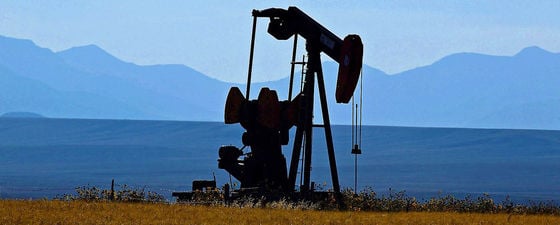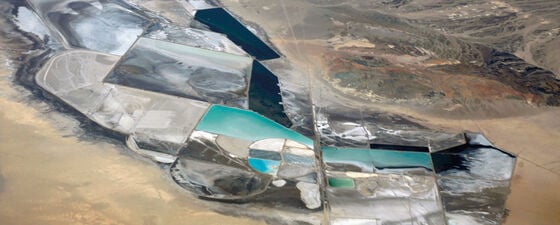Is the continuing rise in oil production from unconventional sources in the US financially viable?
“In a major shift, the United States is set to produce more oil and liquids than Russia and Saudi Arabia combined by 2025.” This is the conclusion of a forecast by Rystad Energy, which states that, using its base case oil price scenario, US liquids production is forecast to surpass 24 MMbopd over the next six years.
Year-over-year change in production from key US tight oil regions. Source: EIA Drilling Productivity Report.
The US, Russia and Saudi Arabia have regularly swapped places in the list of top producers, but this would be the first time since 1970 that the US market share has been greater than the sum of the production of the other two. The scenario assumes that average oil prices stay above $50. This rise in production is, of course, driven by tight oil from major US shale basins such as the Permian in East Texas and New Mexico.
Other commentators, however, point to the high decline rate of tight oil wells, which means that more and more have to be drilled to keep up this production rate. Energy specialist Art Berman stated recently that only 33% of tight oil companies had positive cash flow in Q3 2018 and that capital expenses have exceeded cash from operations in almost every quarter for the last decade. While drilling costs have dropped significantly, tight oil still remains a marginal business, and several analysts have pointed out that US producers are finding it hard to generate cash-flow at present prices, as operators have to drill yet more wells to meet growth targets.
In addition, an investigation by the Wall Street Journal in January suggests that “thousands of shale wells drilled in the last five years are pumping less oil and gas than their owners forecast to investors”. The journalists analysed 16,000 wells operated by 29 of the biggest producers and compared well productivity estimates made by shale oil companies to projections from third parties, based on public data performance. They found that two-thirds of projections made by companies between 2014 and 2017 in America’s four hottest drilling regions appeared to have been overly optimistic. Several companies, it should be added, disputed these findings, partly because few organisations actually disclose how they come to the figures in their forecasts.
Rystad, however, believes that US shale oil production will continue to increase for some time to come, because about 70% of the economically recoverable resources in its base case oil price scenario have yet to be developed.




